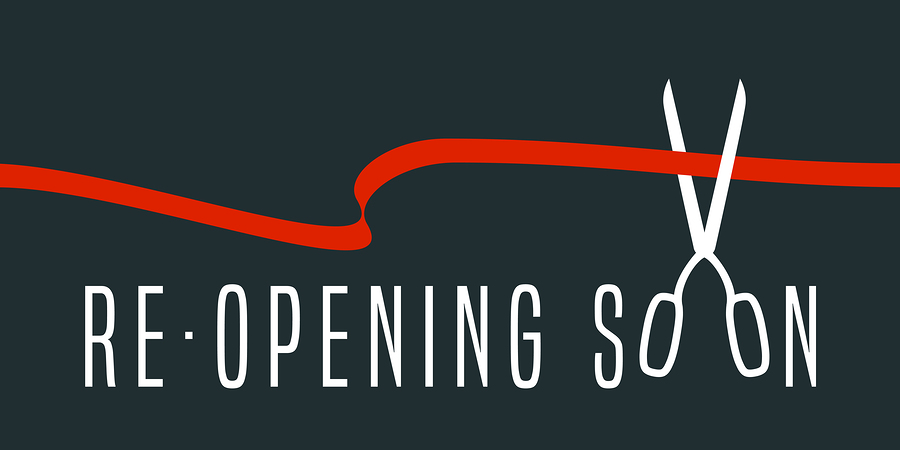
There is a potentially lucrative group of buyers that many sellers don’t initially think about. We are talking about foreign buyers. While there are some hurdles to working with these types of buyers, it is important to note that there are many huge advantages as well. Let’s take a closer look.
How Are Foreign Buyers Different?
At the top of the list of ways in which foreign buyers are different is that they are often seeking a visa. Another commonality among foreign buyers, one that will surprise many, is that they may want access to the U.S. educational system.
It is common for foreign buyers to want to buy a business so that they can get their children into a particular U.S. school district or college. Sometimes the desire to be eligible for state tuition also plays a role in the selection of a business and the decision-making process. In this sense, business location takes on a level of importance that it might not have for domestic buyers.
It is important to keep in mind that there are cultural and business differences that play a role with foreign buyers. Everything from a different use of business terminology to expectations can play a role. This could impact negotiations.
What About Visas and Immigration?
One of the most important things to remember is that foreign buyers are often navigating the complex world of visas and immigration. Whether or not a visa is issued can dramatically impact whether or not a deal ultimately takes place. This fact is often built into agreements. For example, a purchase condition may be conditional upon visa approval. Nonrefundable deposits may also play a role in the process.
What Do Foreign Buyers Really Want?
Foreign buyers have been impacted by the pandemic too. Yet, some factors remain unchanged. Not too surprisingly, they will want to see that a business is profitable. In this regard, you should be able to showcase profitability in a clear fashion. You can expect foreign buyers to want to see tax returns and all the typical documentation that you’d need to provide to any buyer.
A second factor that foreign buyers are interested in is longevity. If your business has successfully operated for decades, this will be a major advantage.
Ultimately, most of what domestic buyers are looking for in a business will translate over to what foreign buyers are seeking as well. With that stated, however, there are factors that are often unique to foreign buyers. As mentioned above, navigating the often-complex visa process can add a wrinkle to the entire process.
Copyright: Business Brokerage Press, Inc.
The post What You Need to Know About Foreign Buyers appeared first on Deal Studio – Automate, accelerate and elevate your deal making.









